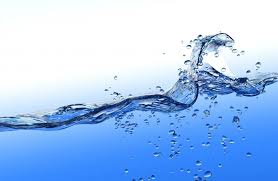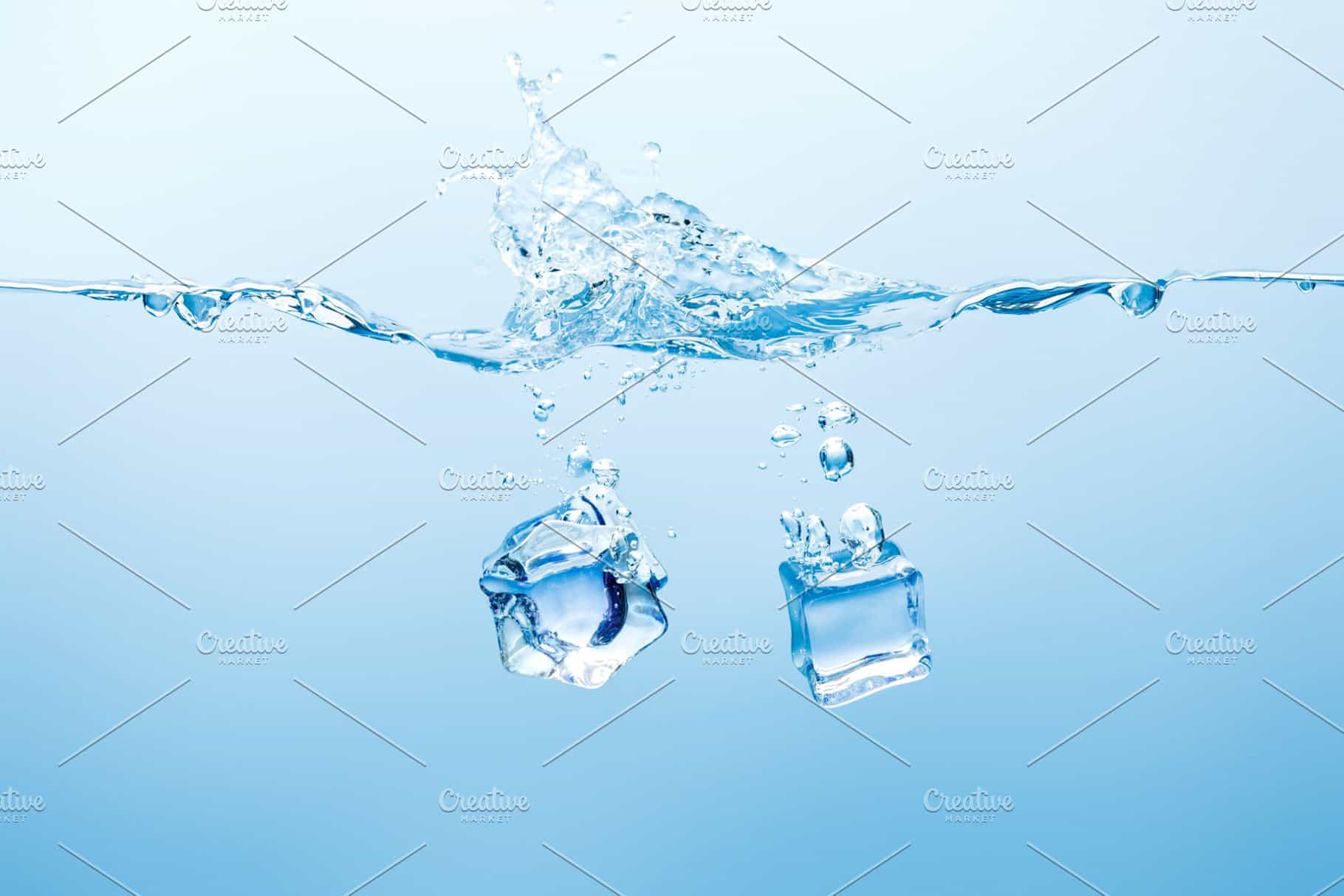June 23, 2020
By Deborah Childress
TAMPA – Remember Japan’s Fukushima nuclear crisis? It was 2011. An earthquake and consequential tsunami rattled and doused the nuclear plant, causing a drifting, radioactive cloud that threatened U.S. Pacific coastal and inland states with radiated drinking water supplies.
Remember the great Mosaic spill just two years ago? It occurred at the Mulberry, Florida phosphate processing plant. A sinkhole swallowed and splashed 215 million gallons of water tainted with low radiation into the aquifer. The aquifer is an underground river bed, and it’s Florida’s cleanest source of potable (drinking) water. But Mosaic and the state Department of Environmental Protection waited almost three weeks to inform the public.

Many of Florida’s residential communities are built on former timber plantation farmlands and near agricultural farms and golf courses where arsenic-based pesticides and other land treatments pollute soil and water. According to an October 2018 article published in the International Journal of Environmental Research and Public Health, Florida was put under the microscope to assess its arsenic use and public health risk. Among assessment conclusions, it was recommended that the Florida Department of Environmental Protection re-evaluate levels of arsenic and other contaminants because “residential development encroaches into agricultural and other potentially impacted lands.” In May 2019 in “Circulation,” a journal published by the American Heart Association, an article warned that “arsenic can be a risk factor for cardiovascular disease” and indicated that young adults developed heart damage after only five years of low-to-moderate arsenic exposure.
These are just a few examples of how Florida’s water is at risk, or potential risk, of affecting public health. There are about 300 contaminants that reside in water nationwide, but a review of Hillsborough and Pasco County tap waters indicates the presence of arsenic, forms of strontium, radium, and uranium, fluoride, trihalomethanes, Chromium 6 and others. Contaminants vary from utility to utility, so the best way to know for sure what’s in your water is to request a contaminant report from your water utility. It is more extensive than what is included in the regular, annual water quality report.
Water utility companies do not purify water; they filter it. Those aware of this often search for water treatment that gives them ultimate control over their water quality. Besides water softeners, conditioners, and refiners, which do not purify water for drinking and cooking, people frequently purchase a reverse osmosis system. It is a water purifier.
“Reverse osmosis” consists of an under-sink tank and a separate faucet or a tankless system. “RO” water is a great human health defender that is used for kidney dialysis treatments and for supplying military personnel with FDA-compliant pure water. Although reverse osmosis systems vary in which contaminants they remove and to what degree, generally they dramatically reduce heavy metals (such as arsenic and lead), drugs, radioactive contaminants, algae bacteria, other bacteria and viruses, cysts, chlorine and chloramines, fluoride and salt. Some also remove volatile organic chemicals, such as benzene, nitrates (from agricultural farm run-off), and other contaminants. The amount of each contaminant removed ranges from 50% to 99%.
Here are some tips to find an “RO” system that will serve you well. They come with pre-carbon and other filters as basic elements of the entire unit, plus options you can add:
- Purchase a system with a .0001 to .0006 reverse osmosis membrane pore size. This ensures maximum contaminant removal.
- Select a three-stage system at minimum.
- Decide if you want a mineral stage added to your system, or if you want to buy mineral packets at a vitamin store to inject some minerals lost through the purification process. City water typically contains only 3% to 10% of the minimum daily mineral requirements, so persons or families with healthy diets or who take a daily vitamin may decide to forego mineral concerns. It’s a personal choice. It is wells that contain much higher mineral concentrations.
- Alkalizing water after reverse osmosis processing is also an available option of some systems. But baking soda, lemon juice or pH drops have also been promoted to do the trick.
- Select a system with the lowest water rejection rate you can find. Systems typically reject three to six gallons of water for every one gallon that is properly purified and deposited into the tank for direct use. A three-to-one or four-to-one ratio is common.
- Get a system with annual, consumer-friendly filters you can change yourself. Avoid systems that require more frequent replacement, as filters can get expensive.
- Consider a leak detector add-on product.
- Purchase a whole-house water conditioner or refiner to support your RO system to produce even purer water and increase its life. Whole-house filtration systems provide a variety of immediate and long-term savings that will pay for most if not all equipment costs.
- Lastly, purchase a digital TDS (total dissolved solids) meter. They cost about $20.00 and confirm your RO system is working. Generally, a digital read-out of “30” or less indicates super-clean water. Because Florida’s water quality is rated second-worst in the nation because of health, monitoring and reporting violations (according to the Natural Resources Defense Council), the TDS meter is a good investment.
And don’t forget: Florida hurricanes and tornadoes spread water contaminants everywhere, including the swamps. Be sure to replace your filters right after these Acts of God.


